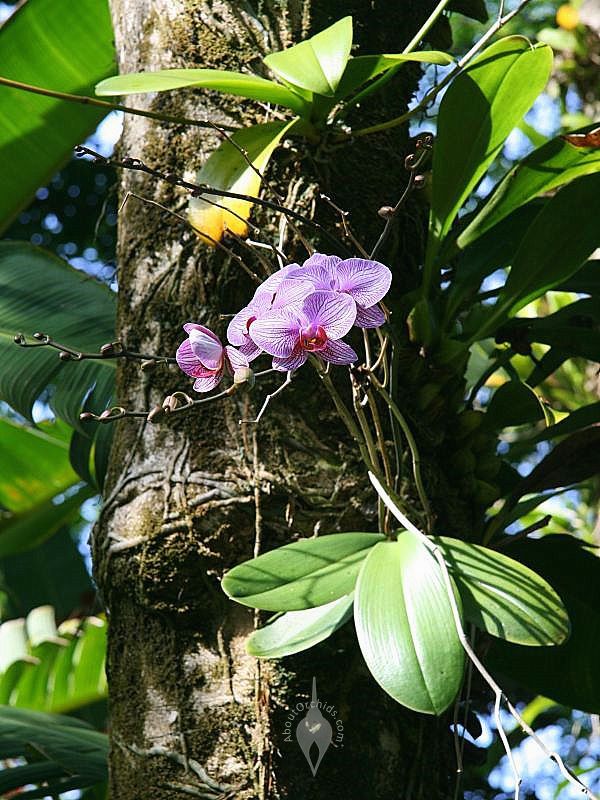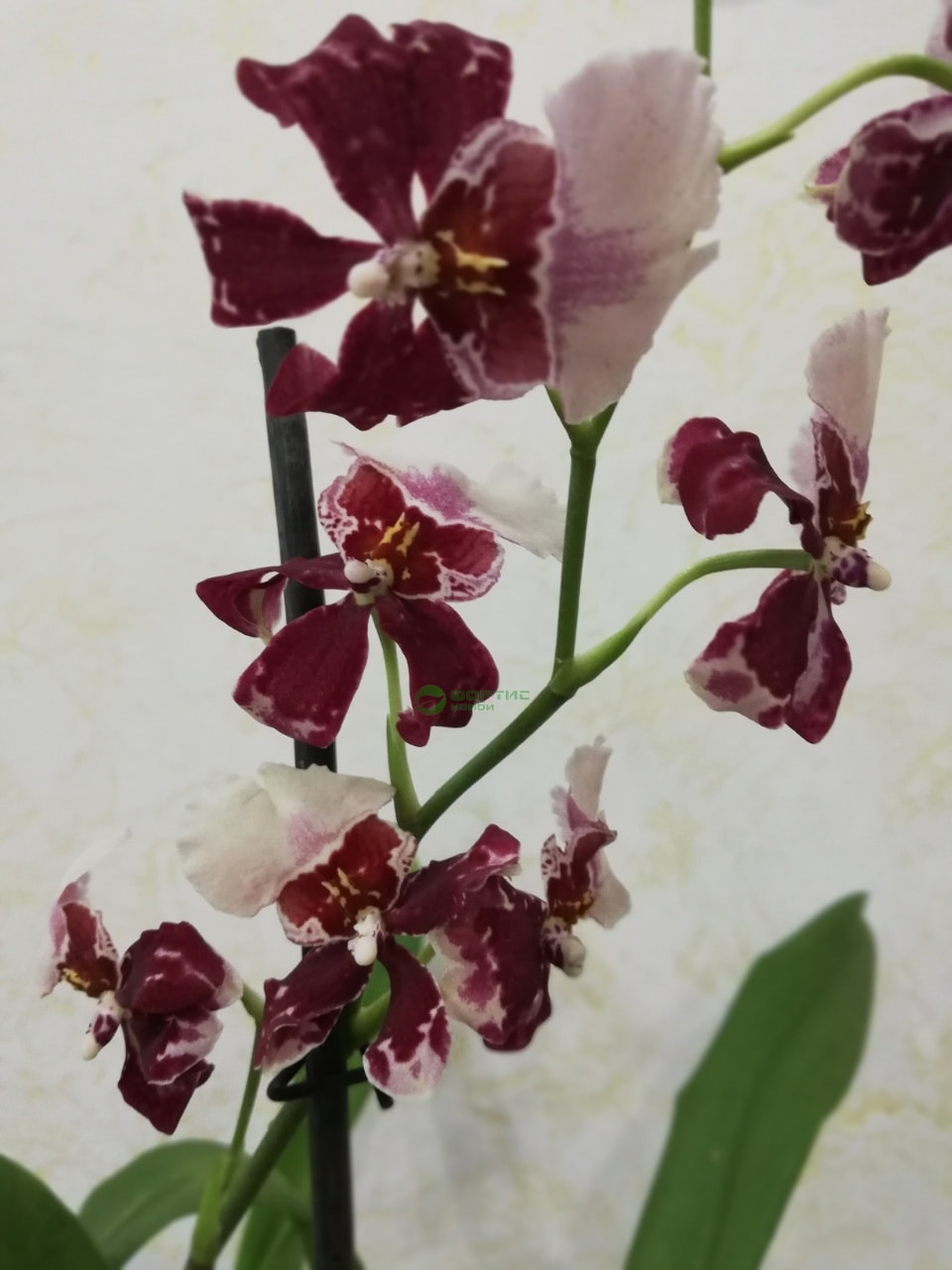Feeding Orchids
Growers suggest using a balanced fertilizer such as 20 20 20 that includes all necessary trace elements regardless of the fertilizer formulation you choose to use it should contain little or no urea.
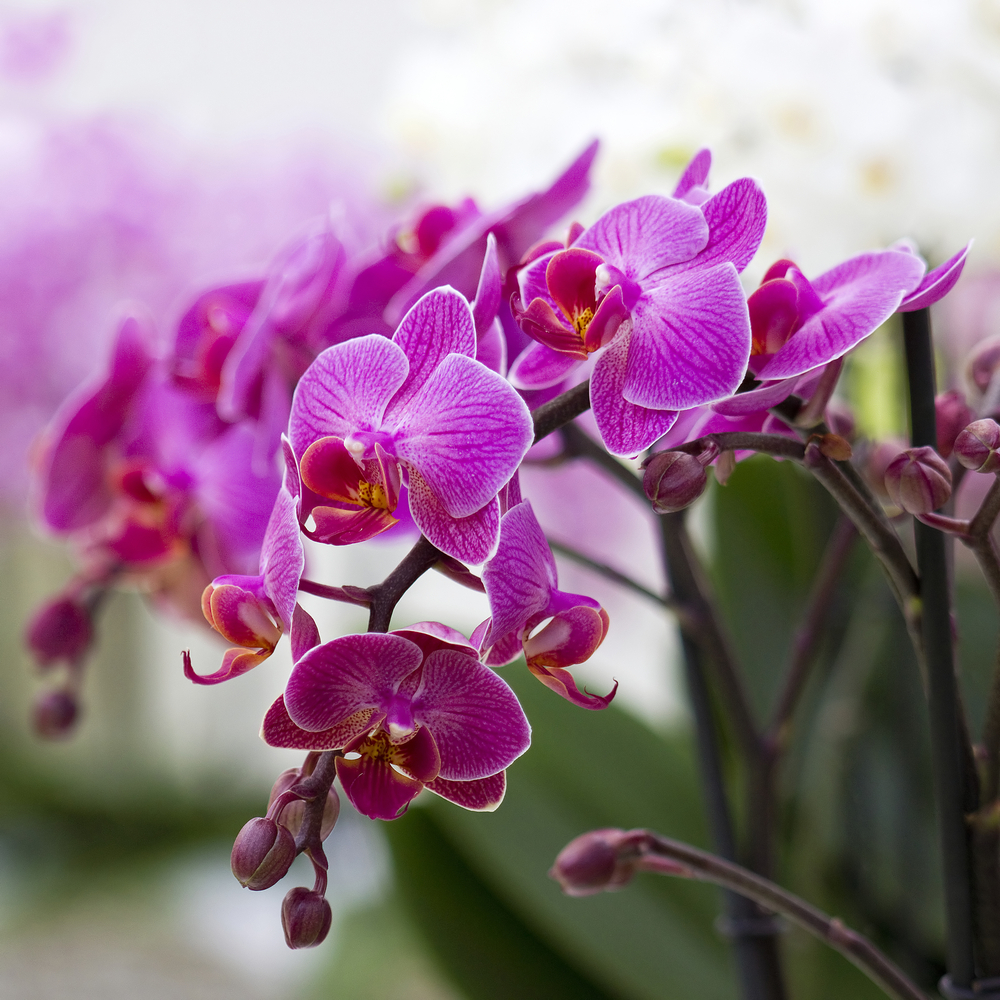
Feeding orchids. Follow these parameters when fertilizing orchids for best results. You can help your orchid to grow faster and bloom sooner by feeding it the right fertilizers. Gardeners use fertilisers to improve plant growth rates and boost flowering and yields especially for plants grown in containers. Decomposing leaves bird or animal droppings or minerals borne in rainwater.
Many orchids need a rest period usually during the winter months when watering and feeding should be reduced. When orchids are healthy they will produce big beautiful and bountiful blooms. Experts have suggested the cold conditions inside the plants. Be sure to use an orchid food that is formulated for orchids and follow the instructions on the label.
Experienced orchid growers fertilize their orchids weakly weekly. In general most orchid fertilizers recommend usage once a month. As a general rule feed with a liquid orchid fertiliser every third watering during the growing season. Orchids need to be fed regularly.
Use a balanced liquid fertilizer such as 10 10 10 or 20 20 20. From early spring into summer both leafy plants and flowering plants require some feeding at 10 14 day intervals. However feeding plants isnt always necessary sometimes looking after the soil is more important and enables plants to access nutrients already present in the ground. Some sympodial terrestrial orchids such as orchis and ophrys have two subterranean tuberous rootsone is used as a food reserve for wintry periods and provides for the development of the other one from which visible growth develops.
You should start feeding regularly once they fill their pot with roots. Kinds of fertilizer for orchids. More frequent fertilizing may burn the roots and leaves and inhibit flowering. Orchids have different feeding requirements see growing specific indoor orchids section but are not generally heavy feeders.
Do not water them within several days after fertilizing them or the nutrients will simply leach out with the water. Mix it at half strength and use it to feed the orchids once per month while theyre flowering. Terrestrial orchids may be rhizomatous or form corms or tubersthe root caps of terrestrial orchids are smooth and white. Less frequent fertilizing may stunt growth and inhibit flowering.
Orchids grown in bark when an orchid is grown in bark its soil contains a lower amount of nitrogen. Orchid food in their native habitat orchids scavenge nutrients from whatever happens to be nearby. When fertilizing we must make up for this nitrogen shortage. If you want them to remain healthy and create a lush attractive display you need to give them regular feedings.



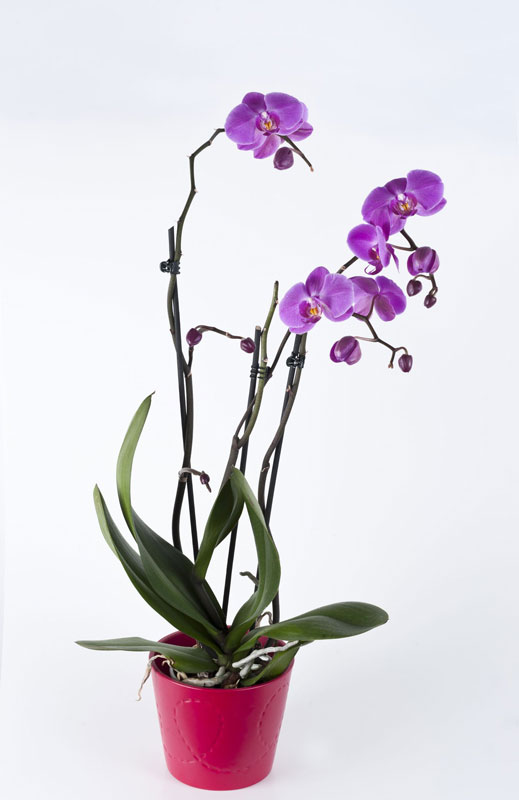
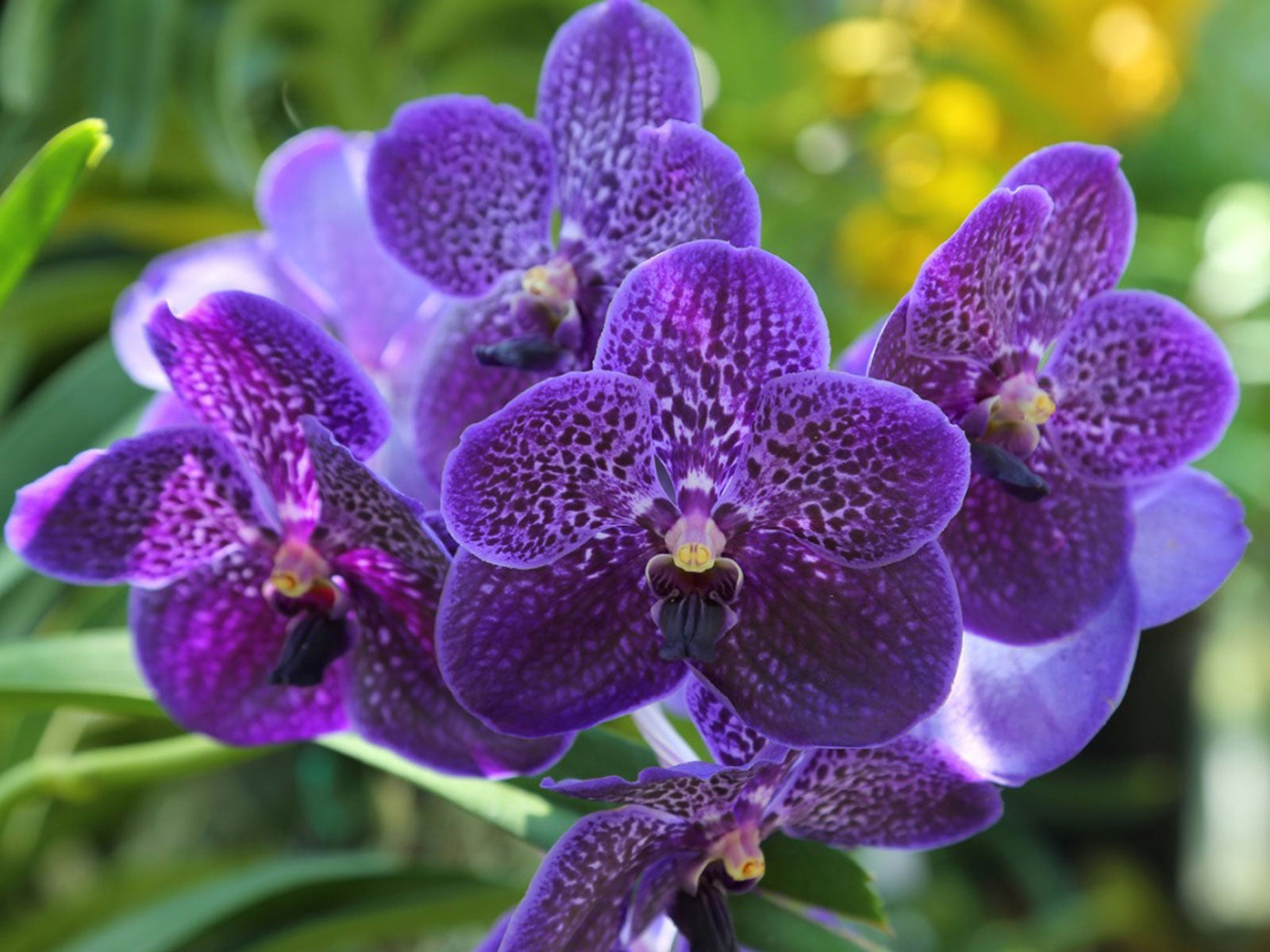


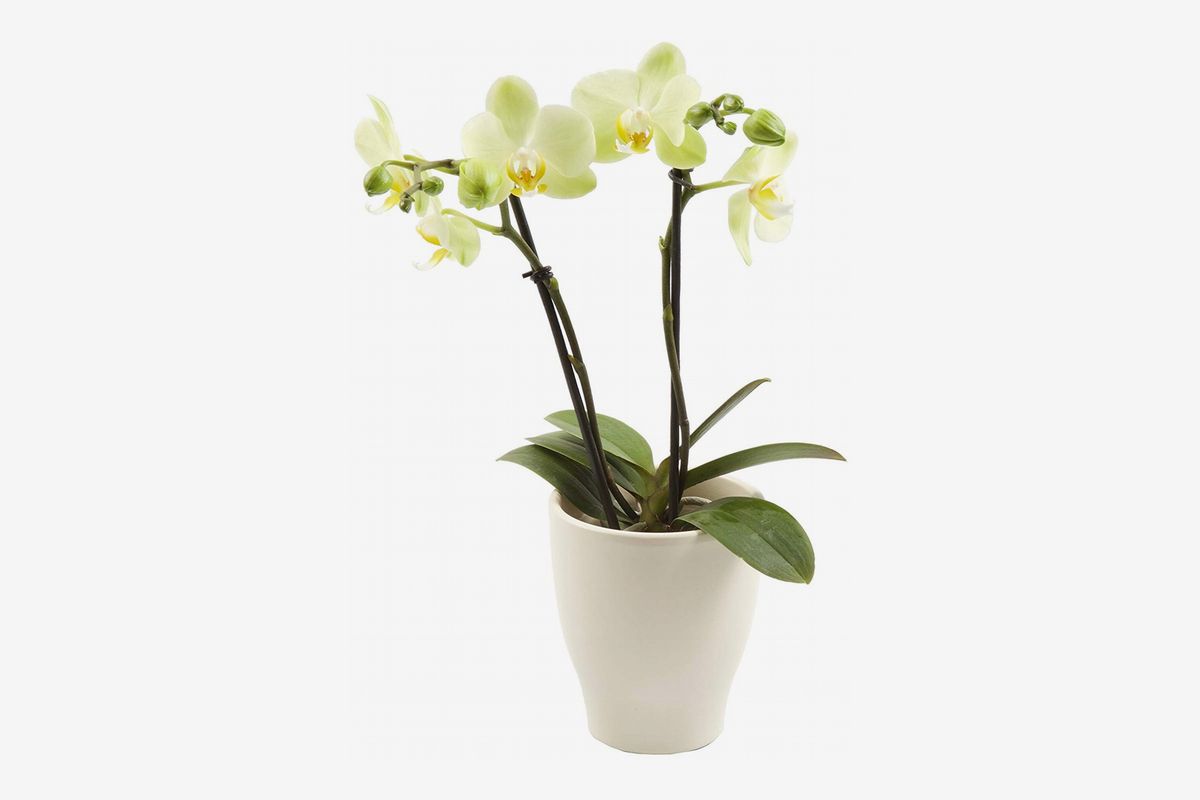

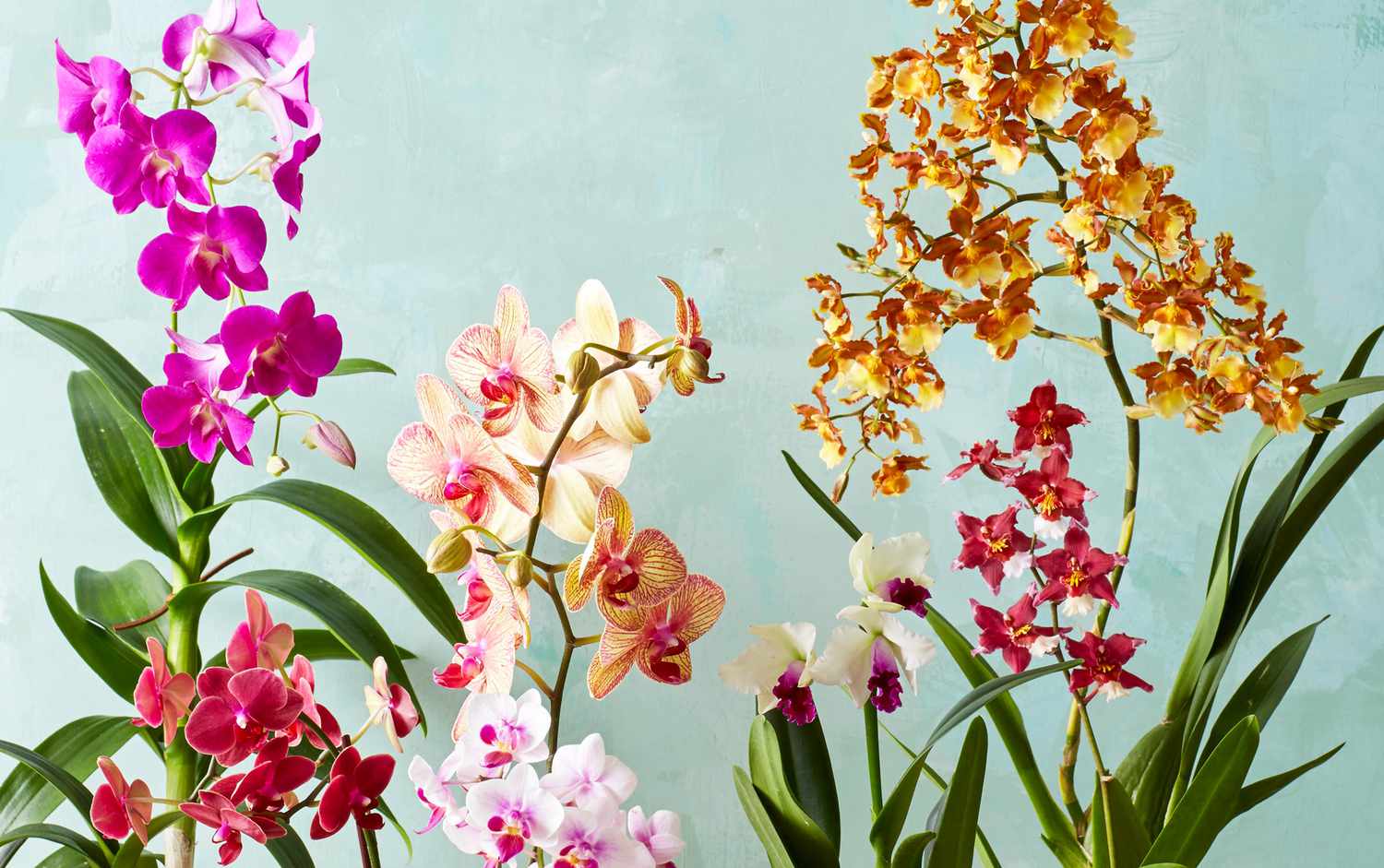
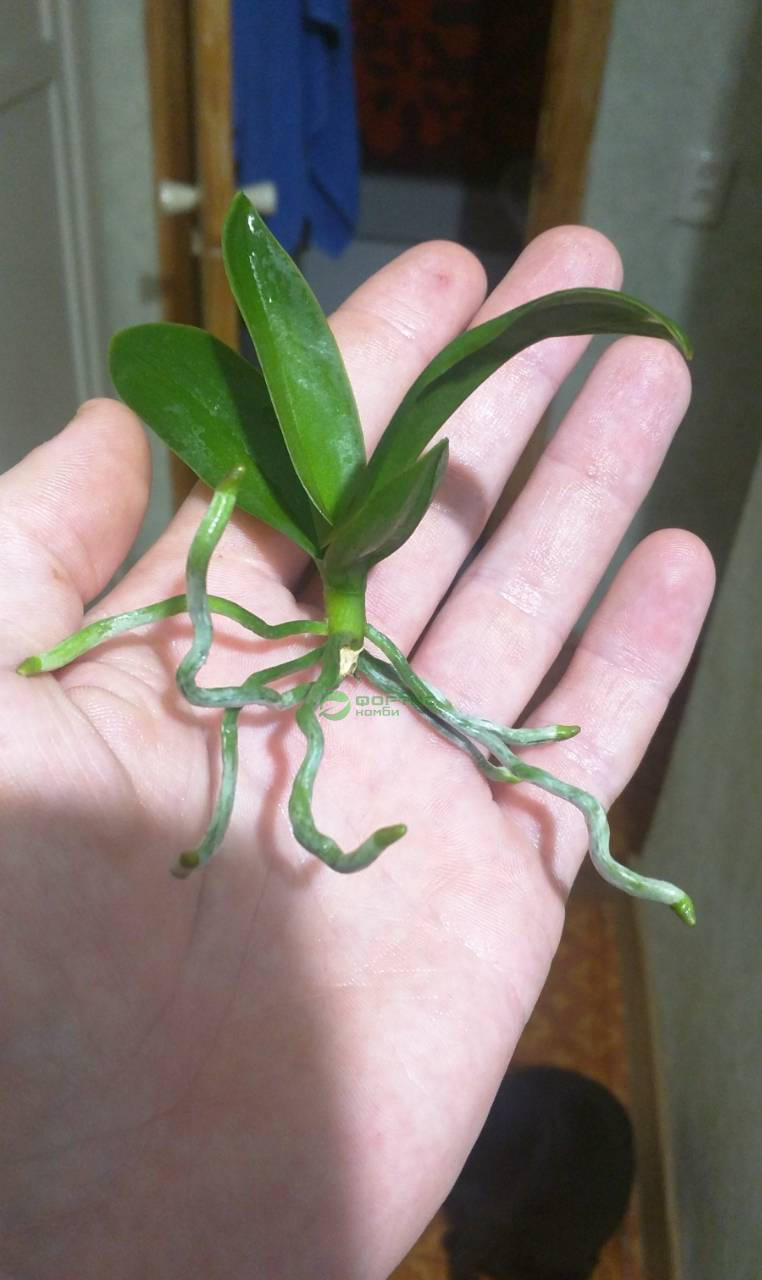





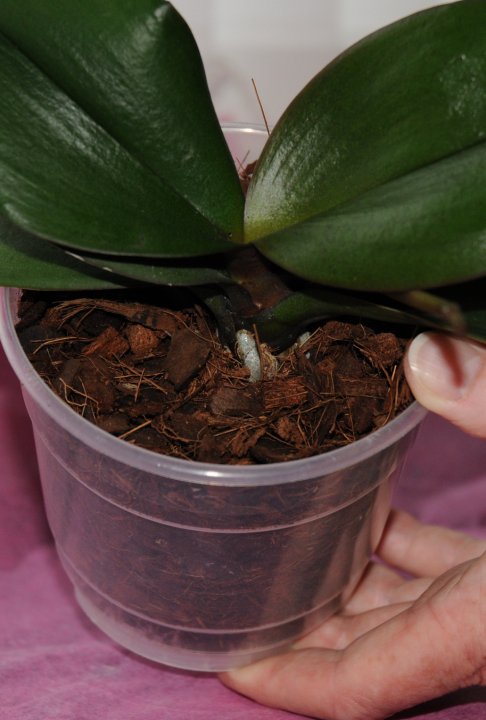


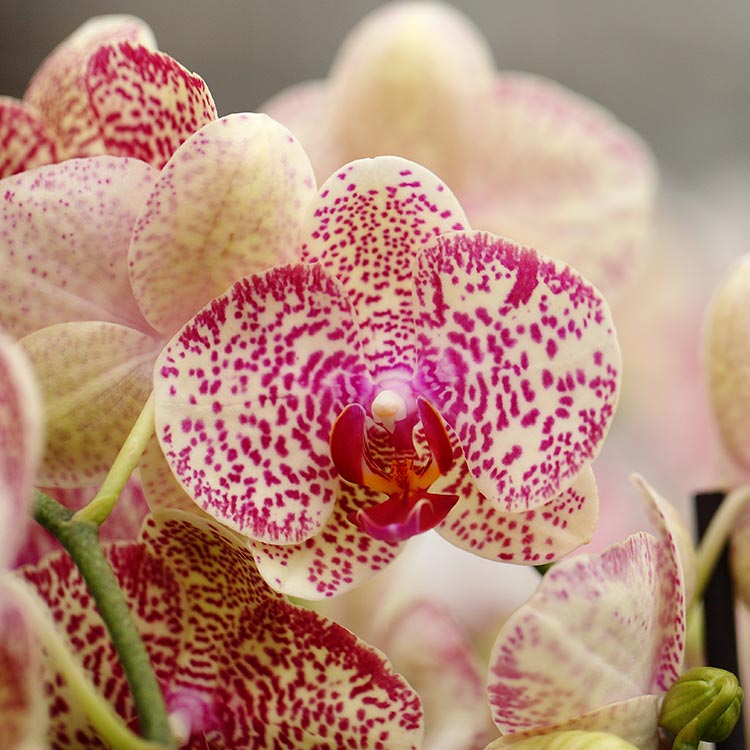










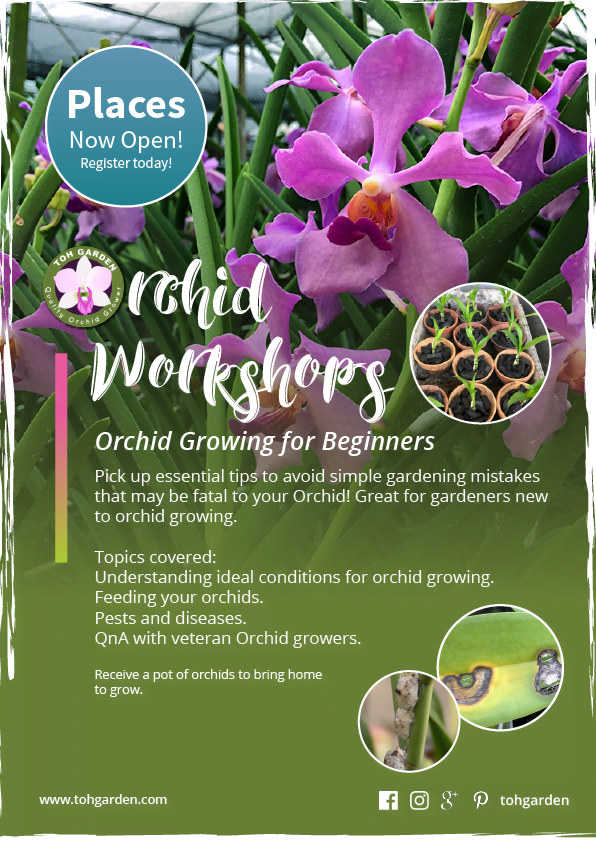



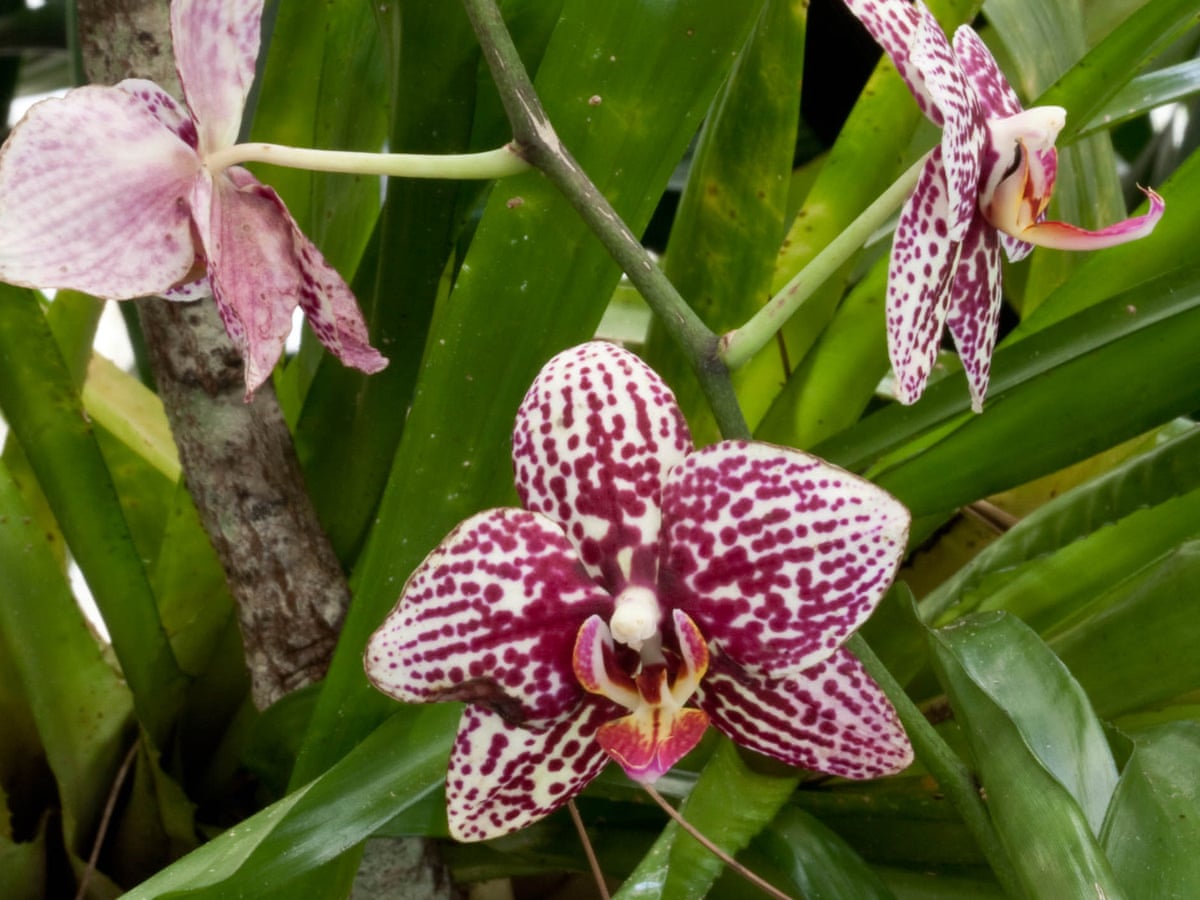





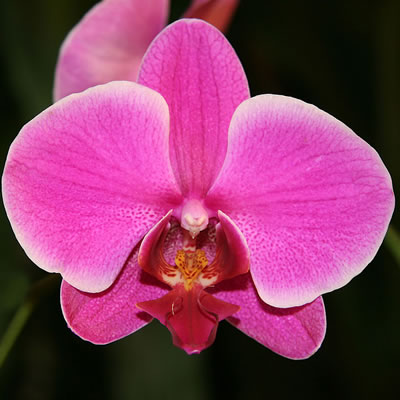








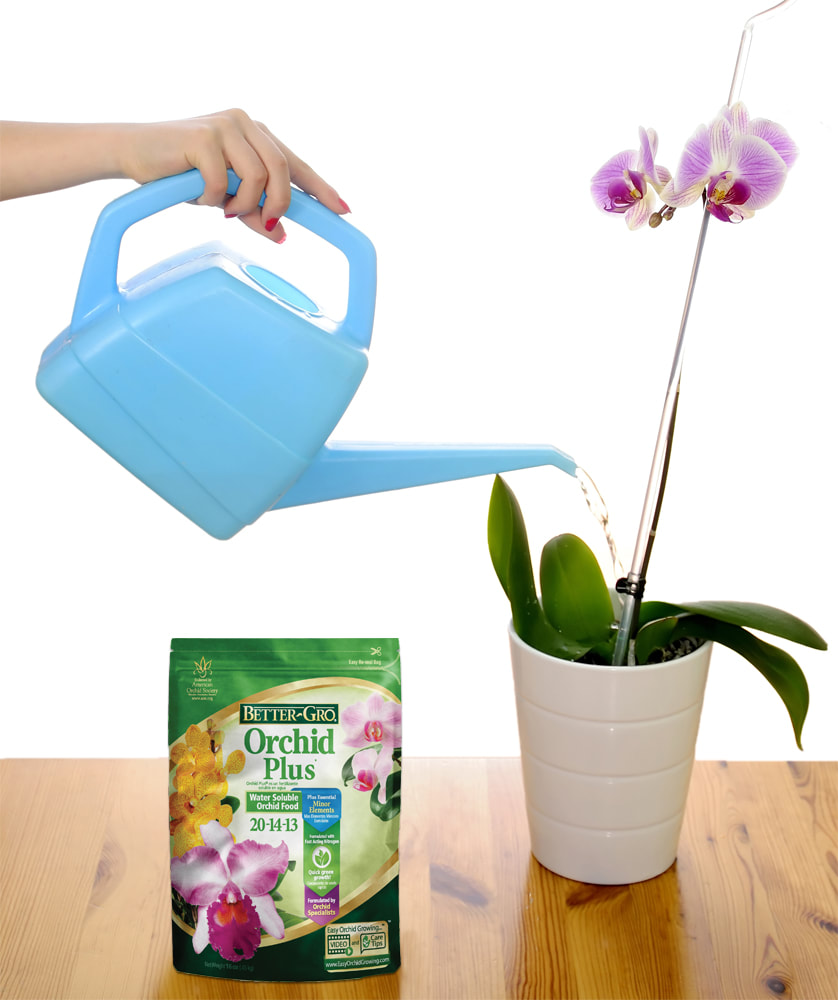










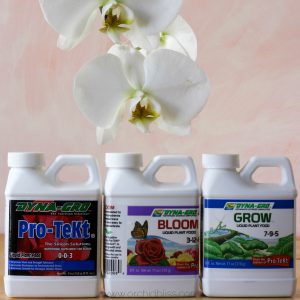




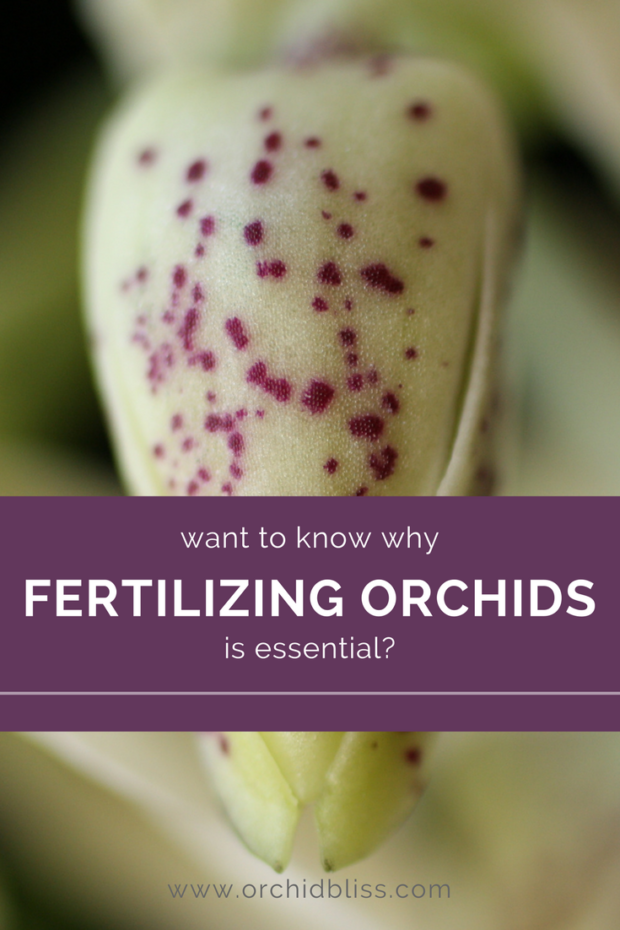

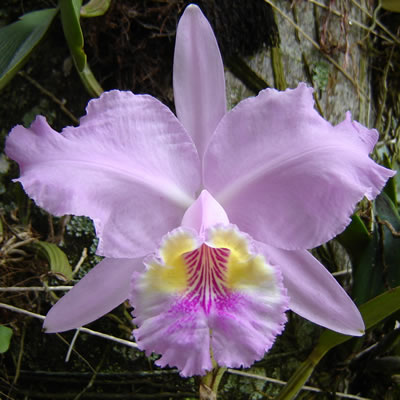


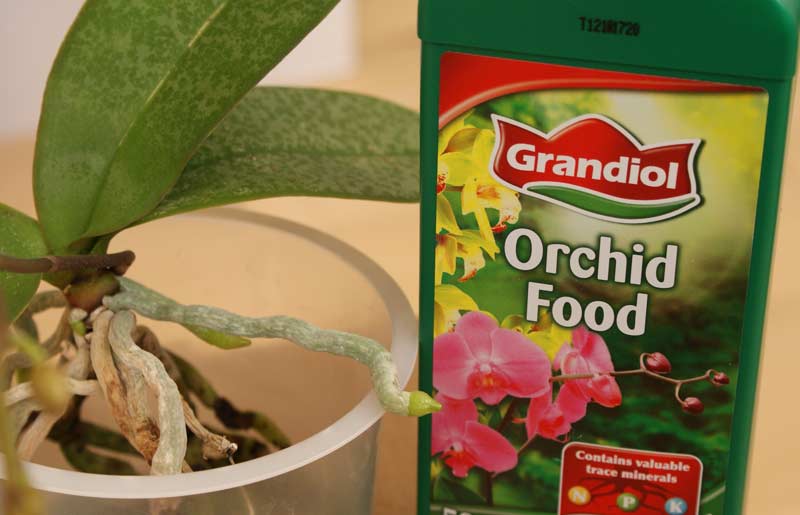




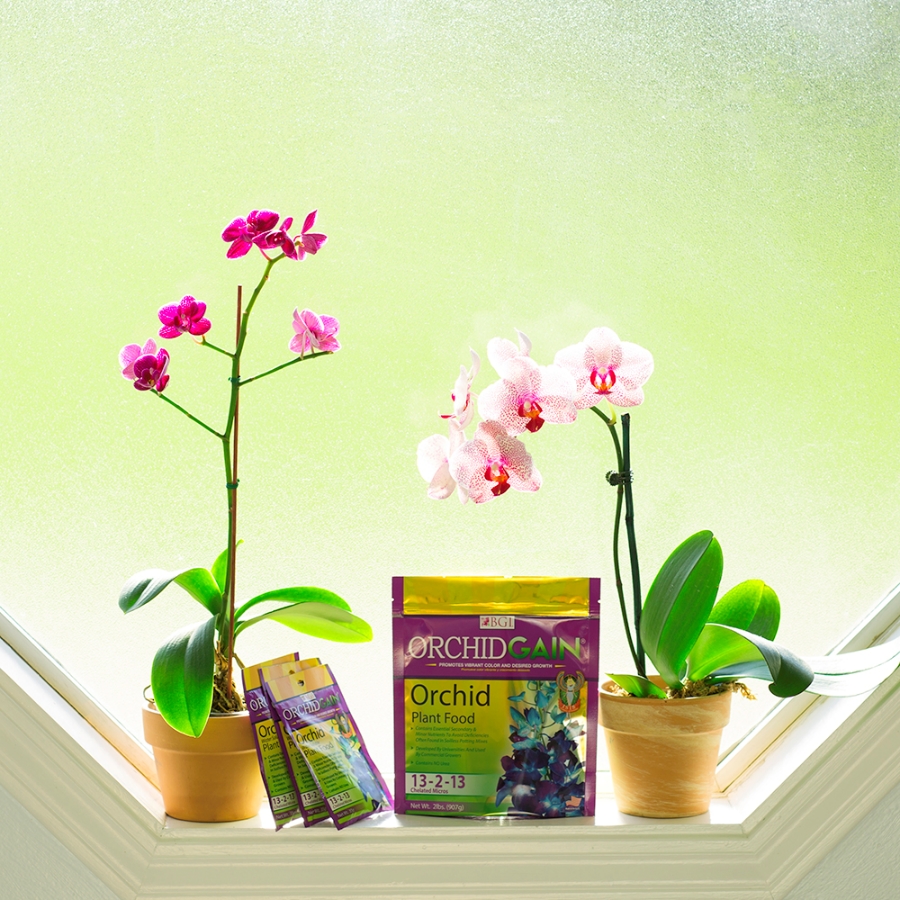
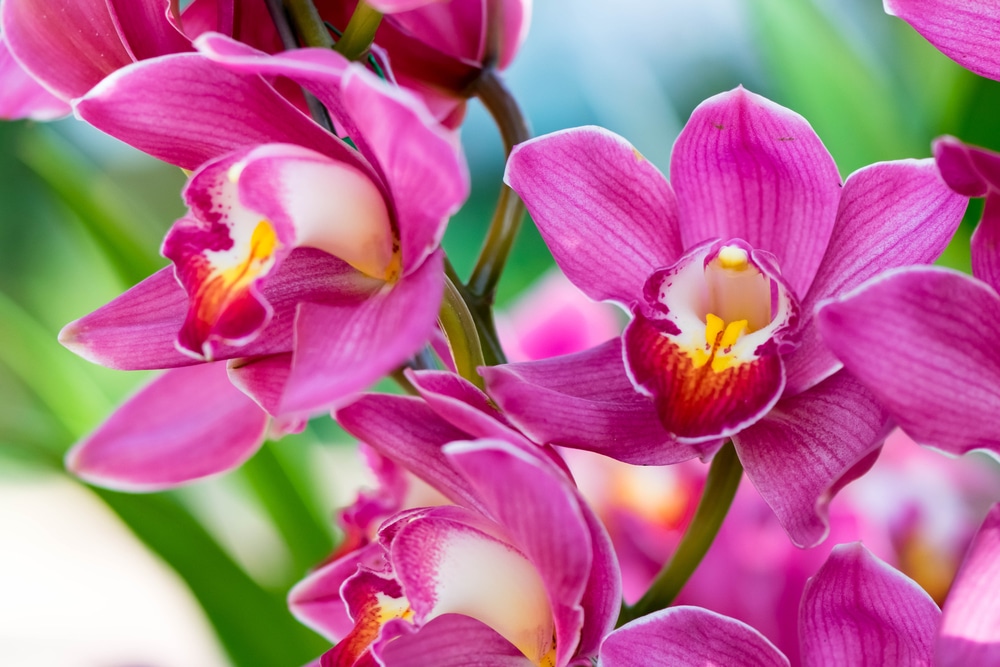

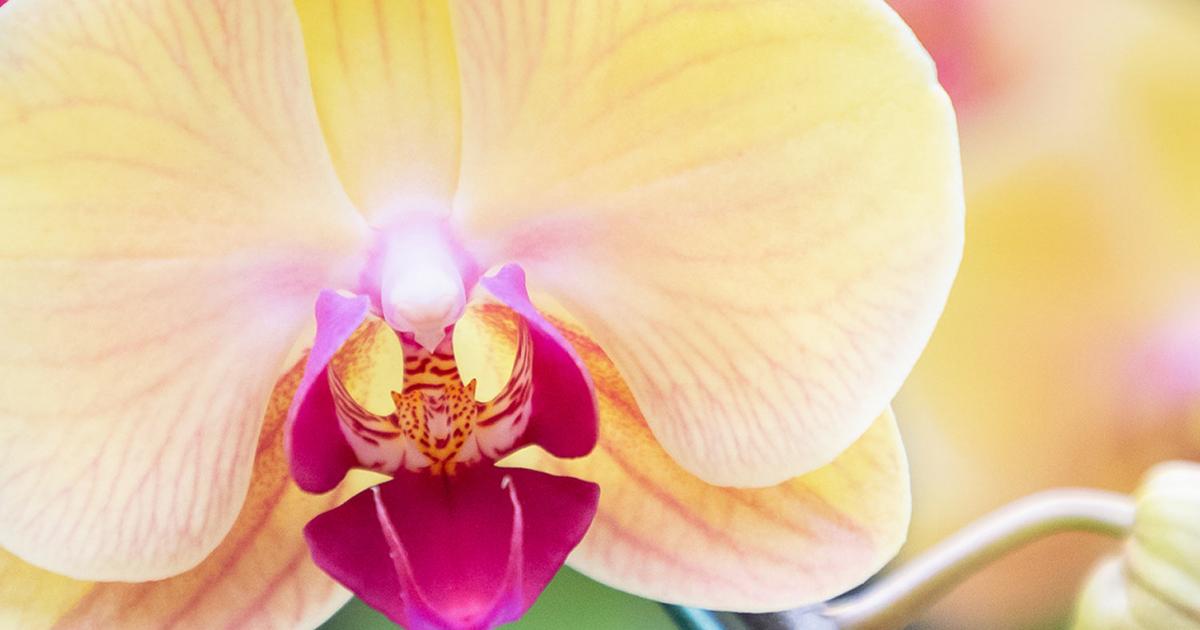



:max_bytes(150000):strip_icc()/SPR_1902822-basic-indoor-orchid-care-5ad7b108ae9ab80038fbe8b5.png)


